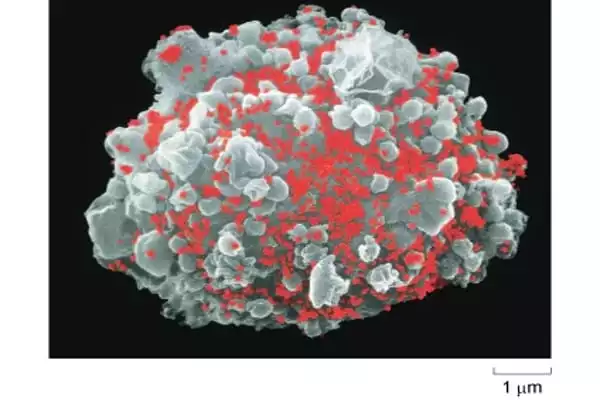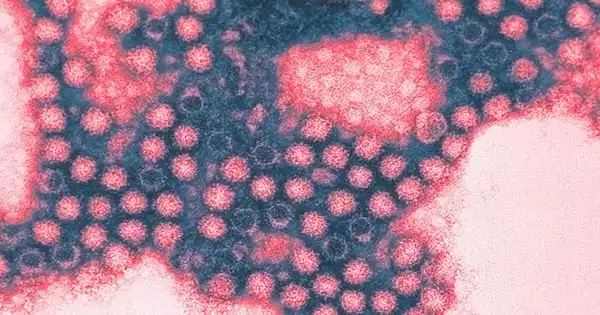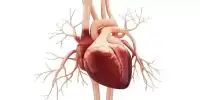According to a new study conducted by an OU Hudson College of Public Health faculty member in collaboration with colleagues in Denmark, Campylobacter infection, one of the most frequent foodborne infections in the Western world, can also be spread through sexual contact.
The report was published in Emerging Infectious Diseases, a magazine published by the Centers for Disease Control and Prevention (CDC), and is the first known study to demonstrate this mechanism of transmission for Campylobacter. During a time when COVID-19 has dominated the news regarding infectious diseases, the study serves as a reminder that many other infections impact people all around the world on a daily basis. The study was led by infectious disease epidemiologist Katrin Kuhn, Ph.D., an assistant professor in the Department of Biostatistics and Epidemiology at the OU Hudson College of Public Health.
“This research is important for public health messaging and for physicians, as they talk to their patients about risks associated with sexual contact,” Kuhn said. “Although Campylobacter infection is usually not a serious disease, it causes diarrhea, which can result in people missing work, losing productivity, or perhaps losing their job. It poses an additional risk for people with underlying health conditions.”
This research is important for public health messaging and for physicians as they talk to their patients about risks associated with sexual contact. Although Campylobacter infection is usually not a serious disease, it causes diarrhea, which can result in people missing work, losing productivity, or perhaps losing their job.
Katrin Kuhn
Infections from Campylobacter typically arise when people consume undercooked chicken or when fluids from undercooked poultry contaminate other foods. Drinking unpasteurized milk or water tainted with the excrement of diseased animals can also result in infection. However, they did not account for all cases of infection, according to Kuhn, who wondered if there was another channel of transmission that had yet to be confirmed. An upsurge of Campylobacter infections among males who have sex with men in Northern Europe motivated her to explore that demographic of persons in Denmark, where she was working at the time.
According to the findings of the study, the rate of Campylobacter infection in males who have sex with men is 14 times greater than in control patients. Although the study focused on males who have sex with men, the findings are applicable to people of any sexual orientation who participate in sexual conduct that may include fecal-oral contact, according to Kuhn.
In the investigation, two additional bacteria, Salmonella and Shigella, were utilized as controls. Salmonella is primarily transmitted by contaminated foods, whereas Shigella can be transferred through food or sexual contact. Salmonella has a high infectious dose, which means that people must consume a large amount of the germs before becoming unwell. Shigella and Campylobacter, on the other hand, have low infectious doses, making transmission easier.

“That’s an additional reason why we believe Campylobacter can be transmitted through sexual contact like Shigella is — because people can become infected when only small amounts of the bacteria are present,” Kuhn said.
Campylobacter infections are most likely more common than the figures indicate. Epidemiologists believe that 20 additional people get infected for every person who visits a doctor and is diagnosed, according to Kuhn. Although treatment is normally only required in severe cases, problems can occur, particularly in persons with weakened immune systems. In some situations, an infection can cause reactive arthritis, a condition in which the body’s immune system attacks itself, producing joint discomfort. Guillain-Barré Syndrome, a dangerous neurological illness that can induce paralysis, can also be caused by infection.
“This is an exciting time because COVID-19 has raised awareness about the significance of monitoring infectious diseases in general, not just during a pandemic,” she said. “Many infections, such as the one caused by Campylobacter, make individuals unwell. It is critical that we raise awareness of the existence of these diseases and continue to do research on their consequences and ways of transmission.”
Kuhn worked as a senior infectious disease epidemiologist at Denmark’s Statens Serum Institut before joining the OU Hudson College of Public Health. Her work concentrated on food- and water-borne diseases, and she was in charge of national Campylobacter and Shigella surveillance. She started her study in Denmark and finished it after moving to Oklahoma. Statens Serum Institut is the Danish national institution for infectious diseases and the major institute for infectious disease surveillance and research in Denmark.
“A formal relationship between the OU Hudson College of Public Health and the Statens Serum Institut will lay the groundwork for enhancing transatlantic research and, most importantly, improving the way we monitor, analyze, and prevent infectious diseases in Oklahoma,” Kuhn said.
















